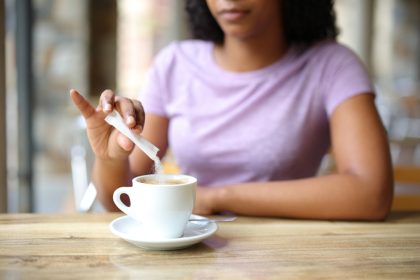You drag yourself through the afternoon feeling exhausted, finally give in to a nap, and wake up feeling worse than before you laid down. That groggy, disoriented, almost hungover feeling isn’t your imagination – it’s sleep inertia, and understanding why it happens can help you nap smarter or avoid the trap altogether.
Sleep inertia occurs when you wake up during the wrong stage of your sleep cycle, leaving your brain stuck between sleep and wake states. This neurological confusion can last anywhere from a few minutes to several hours, making naps feel more like self-sabotage than self-care.
Your brain gets stuck between sleep states
Sleep happens in predictable cycles that last roughly 90 minutes each, moving from light sleep to deep sleep to REM sleep and back again. When you nap for longer than 20-30 minutes, you risk entering deep sleep stages that are much harder to wake up from gracefully.
Deep sleep is when your brain waves slow down dramatically and your body temperature drops. If you wake up during this stage, your brain hasn’t had time to transition back to the alert, wakeful state properly. The result is that foggy, confused feeling where simple tasks feel impossibly difficult.
Your brain also produces different neurotransmitters during different sleep stages. Waking up during deep sleep means you’re interrupting the natural chemical processes that should help you feel refreshed, leaving you with a neurochemical hangover that can persist for hours.
Timing determines whether naps help or hurt
The ideal nap length is typically 10-20 minutes – long enough to provide restorative benefits but short enough to avoid entering deep sleep stages. These “power naps” allow you to rest without triggering the complex sleep architecture that leads to sleep inertia.
Napping too late in the day can also worsen sleep inertia by interfering with your natural circadian rhythm. Your body temperature and hormone levels follow predictable patterns throughout the day, and napping when these biological signals are preparing you for nighttime sleep can create confusion in your internal clock.
The worst time to nap is typically between 3 PM and 5 PM for most people, as this conflicts with your natural evening energy dip and can make it harder to fall asleep at your normal bedtime. This creates a cycle where poor nighttime sleep leads to more daytime fatigue and more problematic napping.
Individual differences affect nap recovery
Some people are naturally better at transitioning between sleep and wake states, making them less susceptible to severe sleep inertia. These individual differences are partly genetic and partly based on your overall sleep health, stress levels, and caffeine consumption patterns.
People who are chronically sleep-deprived often experience more intense sleep inertia because their brains are desperate for deep, restorative sleep. When you’re exhausted, even short naps can quickly progress into deeper sleep stages that are harder to wake up from smoothly.
Your age also affects how you respond to naps. Older adults often nap more successfully than younger people because their natural sleep architecture changes with age, making it easier to take refreshing short naps without entering problematic deep sleep stages.
Environmental factors make sleep inertia worse
Napping in very dark, quiet, comfortable environments can make sleep inertia worse by encouraging deeper sleep that’s harder to wake up from. While these conditions are ideal for nighttime sleep, they can work against you during daytime naps by making it too easy to slip into deep sleep stages.
Room temperature also affects nap quality and wake-up difficulty. Napping in rooms that are too warm can make you feel more groggy upon waking, while slightly cooler temperatures can help you wake up more easily and feel more alert.
The surface you nap on matters too. Very comfortable beds or couches can encourage longer, deeper sleep that leads to worse sleep inertia, while slightly less comfortable surfaces like recliners might naturally limit your nap depth and duration.
Strategic napping techniques to avoid grogginess
Set an alarm for 20 minutes maximum and actually get up when it goes off, even if you don’t feel ready. Fighting the urge to snooze prevents you from falling into deeper sleep stages that cause worse grogginess.
Try drinking a cup of coffee right before your nap. The caffeine takes about 20-30 minutes to kick in, which means it will start working right as you wake up, helping counteract any lingering drowsiness from your nap.
Consider alternatives to traditional napping if you consistently experience severe sleep inertia. Brief meditation, gentle stretching, or simply lying down with your eyes closed for 10-15 minutes can provide some of the restorative benefits of napping without the risk of deep sleep confusion.
If you must nap longer, aim for a full 90-minute sleep cycle to allow your brain to complete its natural progression through sleep stages and wake up during a lighter phase.














